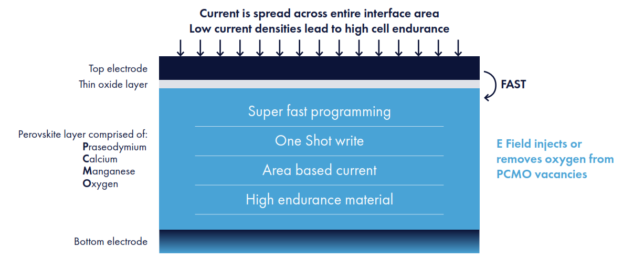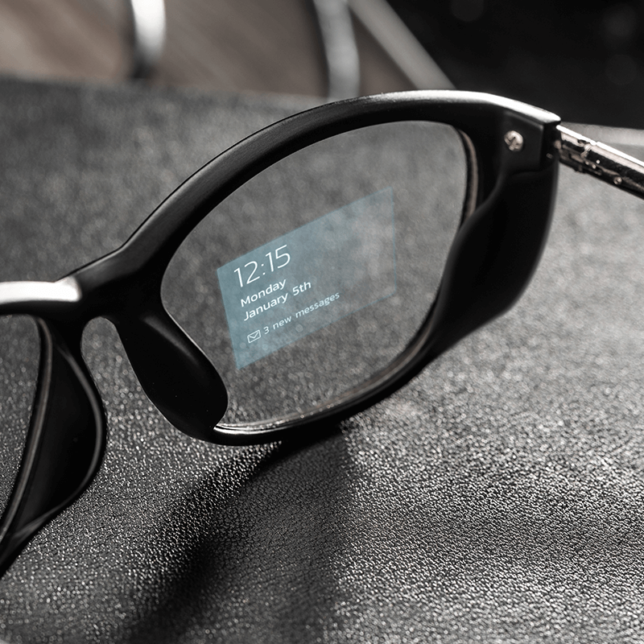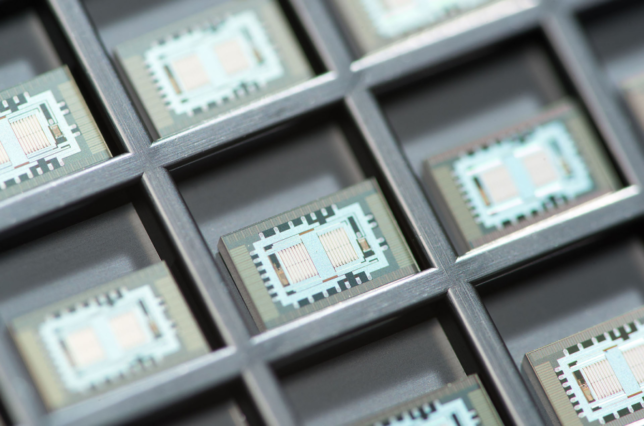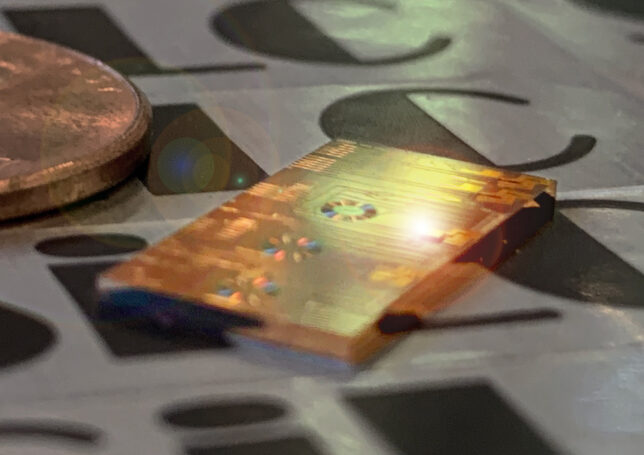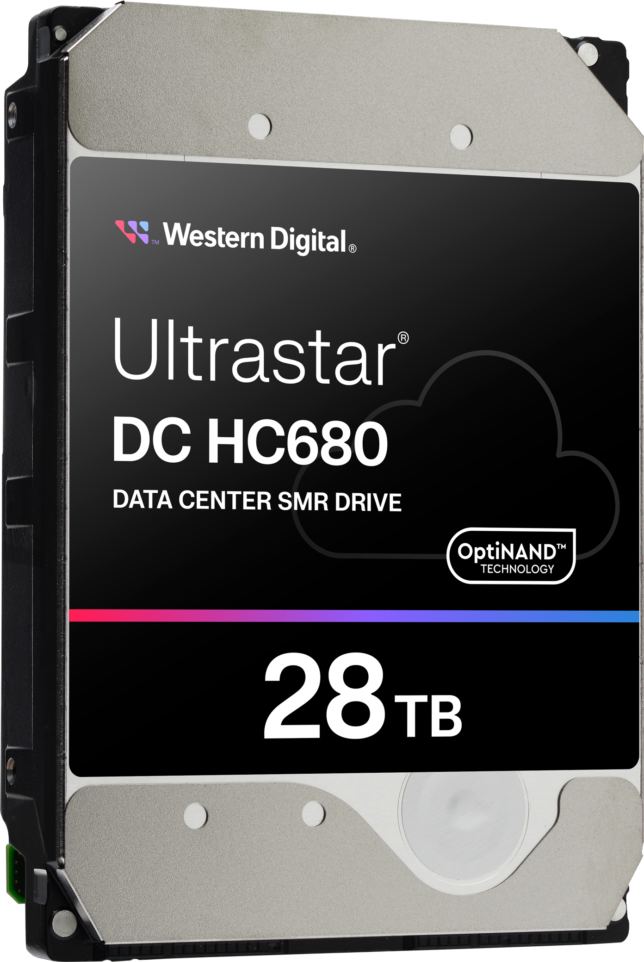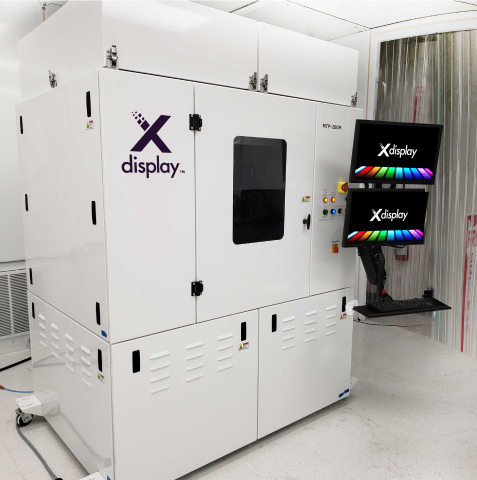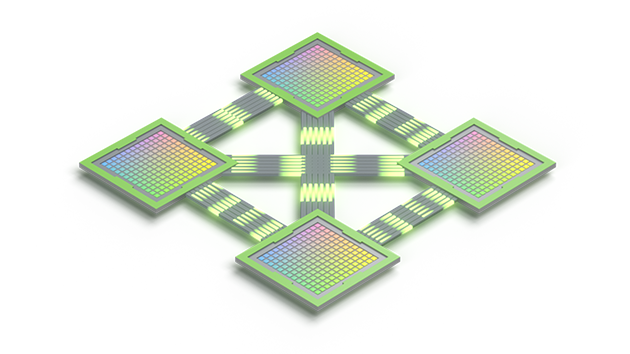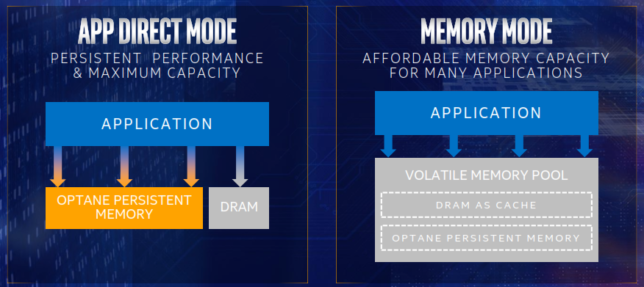4DS Memory Limited has broken its radio silence to lay out its go-forward plans for its Resistive RAM (ReRAM) technology.
The company said its interface switching capabilities based on PCMO (Praseodymium, Calcium, Manganese, Oxygen) delivers significant advantages over other filamentary ReRAM technologies, making its high-bandwidth, high-endurance persistent memory suitable for AI, big data and neural net applications.
4DS’ ReRAM requires no refresh within its persistence window and can be “refreshed” within the DRAM operating window, which makes it able provide high bandwidth and high endurance while using less energy.
He said the company’s roadmap includes a development agreement with Belgium-based imec for a 20-nm Mb chip with 1.6B elements to be run at imec in 2024.
4DS’ use of PCMO makes its ReRAM different from other ReRAM makers, in that the switching mechanism is based on the interface characteristics of the cell—the entire interface area is involved in the switching. Other ReRAM makers use a filamentary wire, which proves long cell retention.
In PCMO ReRAM, oxygen ions are moved in and out of the cell by the electric field pulse. When this oxygen is present, the cell conducts, and it is said to be SET. When the oxygen is removed, the current path is lost, and it is said to be RESET.
A key advantage of 4DS’ PCMO-based interface is that the pulse response is very fast, and endurance is higher.
4DS is focused on two goals this year: It’s continuing to work with imec to fab out a 20-nm cell to make it competitive with other ReRAM technologies, and the company sees no point in waiting to strike potential partnerships and start new application discussions.
Using praseodymium is a unique choice by 4DS, and the company could encounter issues getting a praseodymium-based process to a maturity level that will allow it to be put into mass production and drive out the costs.
There are a few ReRAM devices available at present for special applications, with Fujitsu Semiconductor and Renesas offering standalone products.
Weebit Nano began working to commercialize SiOx ReRAM technology developed by Rice University, with the goal of avoiding troubles other technologies had by using materials that would not create issues in a standard CMOS logic fab, such as silver or magnetic materials. The company has advanced its technology several new generations and is no longer purely SiOx. In early 2020, Weebit Nano said it was looking to ramp up its discrete ReRAM efforts based on customer demand.
Read the full story for EE Times.
Gary Hilson is a freelance writer with a focus on B2B technology, including information technology, cybersecurity, and semiconductors.
